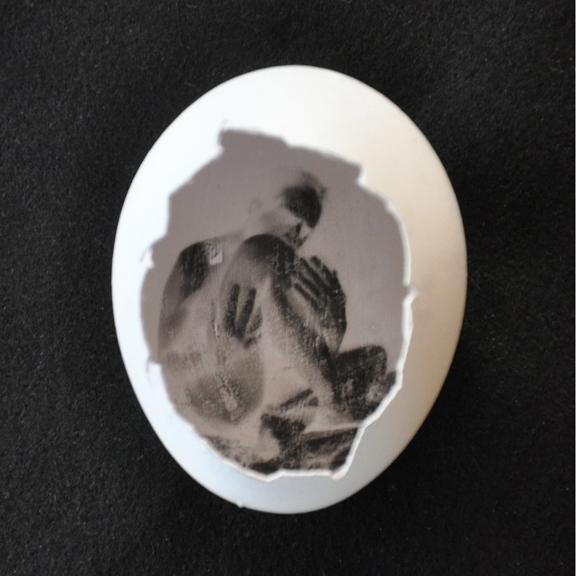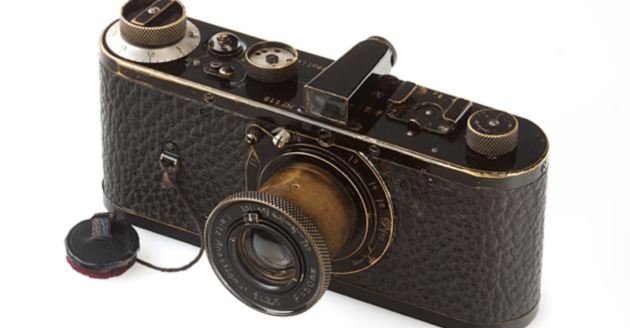Reading Response (multiple)
Pages 49-68
The reading from pages 49-68 discussed the human eye and how it translates into photography. It also talked about viewing systems which allow you to see an “estimate of the picture” before it is taken. Small and medium formats usually have SLR, Rangefinder, Viewfinder, or LCD screens whereas large format cameras generally use Ground Glass. Another topic that was brought up was the lens and focus. It was nice to review things such as circles of confusion and different types of lenses.
Reading 251-314
It is always good to reread and think about the elements of developing film. It was also good to review how exposure and development relate to each other. The book mentioned that the highlighted areas would appear in the early stages of developing and then midtone, then shadow. Push processing was also discussed, a technique that I often forget about. Push processing is when you underexpose the entire roll of film by one or more stops and then overdevelop by 25-50%. Also, on page 275, they talk about liquid light. This portion was specifically interesting to me because I would really like to experiment with this at some point.
Reading 319-346
I found this reading interesting because, as an artist, you must be able to construct a series or a narrative effectively. I enjoyed learning about the different ways people like Valie Export and Claude Cahun discussed gender in their work because it is something that I want to explore within mine. I like the idea of organizing images as film stills. I think capturing moments as they occur in life is fascinating, especially when they are staged events.
Reading 107-131
Reviewing concepts about lighting is always helpful. I find myself forgetting to think about how much light and shadow effects the overall image, which is silly because after all, photographs require light. In the work that I have done so far, has been (mostly) higher key and I would like to explore the more prominent use of shadow when I photograph people. I also find the symbolism of light and dark to be interesting because we really do associate white with “good” and black with “bad.” I think that this concept really does play into our every day lives and how we view African Americans (and all other people of color, for that matter). The media that we see always portrays black as bad and that reinforces racial stereotypes. I think that it is essential for us to think critically about how we portray “bad” or “dangerous” emotions/situations, in our works.





 –
–